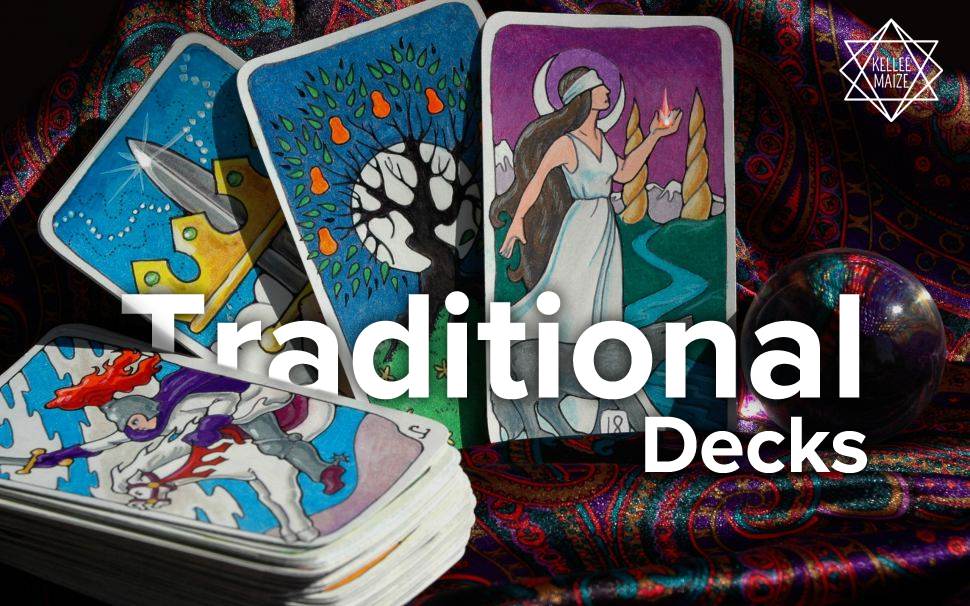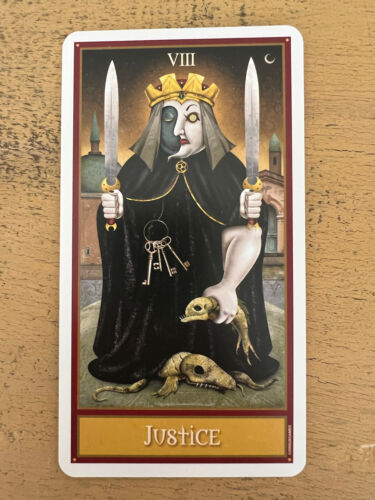
Ten of Cups is a card you can use to help you find love and health or spiritual growth. This card features calming images such as a rainbow made up of ten cups, a loving parent holding their child's hand, or a peaceful family. You are also likely to experience good luck in coming years. You can actually see a lot of positive signs with the card, including financial stability, health, and improvements in relationships.
The Ten of Cups is a card which embodies flow, or the state where everything is perfectly aligned. This card is ideal for anyone who wants to live a harmonious and balanced life. The card is a reminder to listen to your gut instincts. This can be good as it can lead people to make meaningful connections. It can also be a reminder that you should be grateful for the things you have and appreciate the people around.

The Ten of Cups could be a sign of a loving and happy relationship. This card could also signify that you are a successful professional and live in harmony. The card could also be a symbol for the seasons Scorpio and Cancer. This card could also signify that you are looking for a new partner.
The Ten of Cups, which is the most positive of all the tarot card cards, can be a good indicator of what the future holds. It can signal that you are happy with your partner, that you are likely to have good fortune, or that the rewards of your labor will be plentiful. You might also see the card as a sign that you're ready to settle down and that you believe your relationship will work out. The card could also indicate that you're putting your family first.
The card can also indicate that you're having difficulty in a relationship. If you see the reversed card, it could indicate that your relationship is in trouble. A reversed Ten of Cups card could indicate a breakup.

A reversed Ten of Cups could indicate that your life is not fulfilling your potential. The reversed Ten of Cups can also indicate that you're having trouble staying healthy, as the reversed card can indicate that you are not taking good care of yourself. It can also signify that your partner is not trying their best. Fortunately, the reversed Ten of Cups can also indicate the chance to fix any problems you may have in your relationship. It could indicate that you're ready for a new partnership or that you're looking to reunite you with a loved one.
FAQ
What are some good hobbies?
Your favorite hobbies are ones you enjoy. If you enjoy what you do, it will be much easier to keep going. You'll also have an excuse when you're not feeling well or tired!
There are many hobbies that we all enjoy: gardening, painting and crafts; photography; cooking; sports and games; reading music and film-making; collecting; cycling, walking, dancing and writing; playing instruments and other musical instruments.
Volunteering could be a great option.
If you're looking to do something more adventurous, You might consider scuba diving or skydiving.
If you want to go further afield, there are plenty of unique ways to spend time in nature. These include caving.
How can I find a hobby for myself?
When you first start your journey into finding a hobby, you may feel like you've got nothing to choose from.
You're probably thinking, "I'm not very artistic," or "I'm terrible at sports," or maybe even "I don't know anything."
However, it is likely that you already have a lot to draw on when searching for a hobby.
It's just that you haven't realized it yet.
Have a look at your home. How many things do you own?
Do you have any old toys lying around?
Perhaps you have a collection.
Perhaps you've always wanted a career in cooking.
Or perhaps you would just like to learn how to play the guitar again.
It doesn't matter what it is, you can probably turn it into a hobby.
The secret is to remember that you already have plenty to draw on.
Once you have done that, you will be able choose a hobby that suits your lifestyle.
What does a hobby cost?
It costs nothing to start a hobby. It can take many years to accomplish what you desire if you are serious about it.
However, there is something that can help. It's called "passion." If you are passionate about what you do, it will be easier to work hard and make progress.
And once you start putting in those hours, you may find that you become addicted to the activity. This is where the real joy begins. Because you are enjoying what you are doing and are constantly improving. This will mean that you will have likely made significant improvements by the end.
It doesn't matter how long it takes. Give it a shot. You may be surprised!
Statistics
- Much of this decline reflects the fact that teens are less likely to work today than in the past; among employed teens, the amount of time spent working is not much different now than it was around 2005. (pewresearch.org)
- This 100% accurate personality-analyzing hobby quiz discovers your passion based on your characteristics. (quizexpo.com)
- Studies show that just six minutes of reading can reduce stress levels by 60 percent. (oberlo.com)
- In comparison, men in the “no humor” condition were refused 84.6% of the time and were only accepted 15.4% of the time. (time.com)
- I am 100% biologically a woman (discover.hubpages.com)
External Links
How To
How to get started gardening
Gardening is one form of agriculture that dates back to the beginning. You need patience, perseverance, and determination. The first step in starting your own garden is choosing a location where you want to grow food. You can choose to have a large area or a small one in your backyard. Next, select the kind of plants that are most appealing to you. Do you prefer vegetables or flowers? Some people enjoy growing herbs while others love raising livestock such as rabbits. Before you decide on what type of crops to plant you need to take into consideration how much space you have. You might consider growing berries or fruits if you live in a cold climate.
Once you have made your choice, it is time to prepare the soil. Your plants' success or failure will depend on the soil they are placed in. A good soil has organic matter which helps to feed the roots of your plants. Organic matter includes things like leaves, twigs, grass clippings, manure, and compost. After you have prepared your soil you must add nutrients. The type of plant you intend to grow will dictate the amount of nutrients you need. A fertilizer calculator online can help you determine these values. Many fertilizers are on offer, so make sure that you know which one you are buying.
After preparing your soil and adding the proper nutrients, you now need to wait until your seeds germinate. This process usually takes anywhere from 2 weeks to 3 months, depending on the weather and the temperature in your area. Once your seeds have sprouted, you need to water them regularly. Too much or too little water can cause problems. Make sure to give your plants water at regular times and not overwater. Overwatering can cause root rot or fungal diseases. It is important to remember that plants will need less water in summer than in winter when watering them. Keep in mind that certain plants may need to be dried after being watered. For example tomatoes should be kept slightly moist and not wet. They don't like to sit in soggy soil. After the plants have finished flowering they must go dormant. Dormancy occurs when plants stop producing any new growth and start to store energy for the next harvest. Dormancy occurs when the plant stops sending signals that tell its roots to produce food. Throughout this time, plants can store energy. Plants will soon die if they are exposed to too much or too cold temperatures.
Urban environments may limit the variety of plants you can grow. Concrete sidewalks, roads and buildings are common in urban areas. They block sunlight from reaching the ground. Concrete absorbs sunlight and blocks the soil below from receiving adequate sun exposure. Many plants can't thrive in urban environments because they lack sunlight. There are many plants that can survive in urban environments. Many trees, shrubs, and perennials can adapt to city living. Many annuals are also possible to grow indoors in containers. You can bring greenery inside your home all year round, regardless of the weather.
Now you're ready to plant.